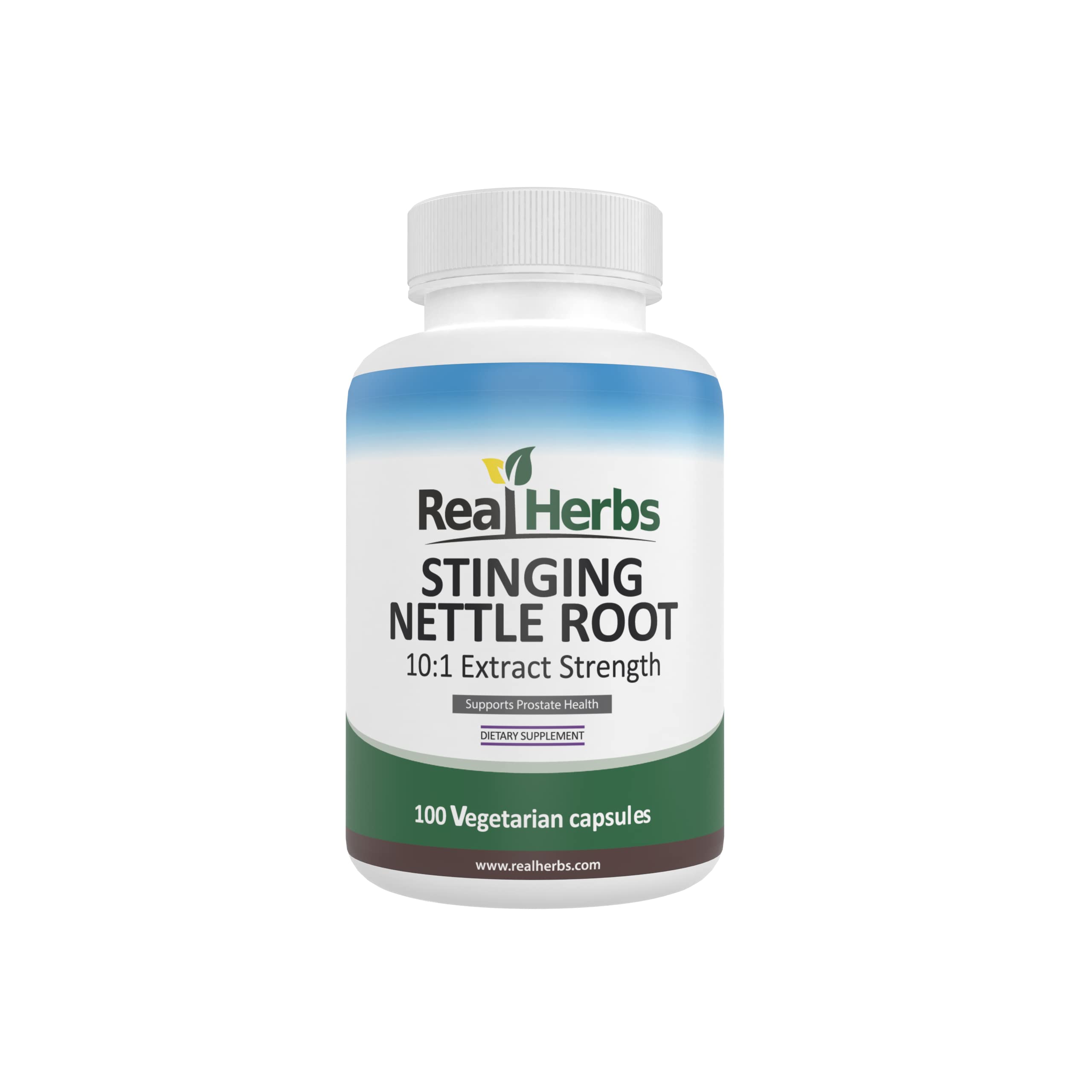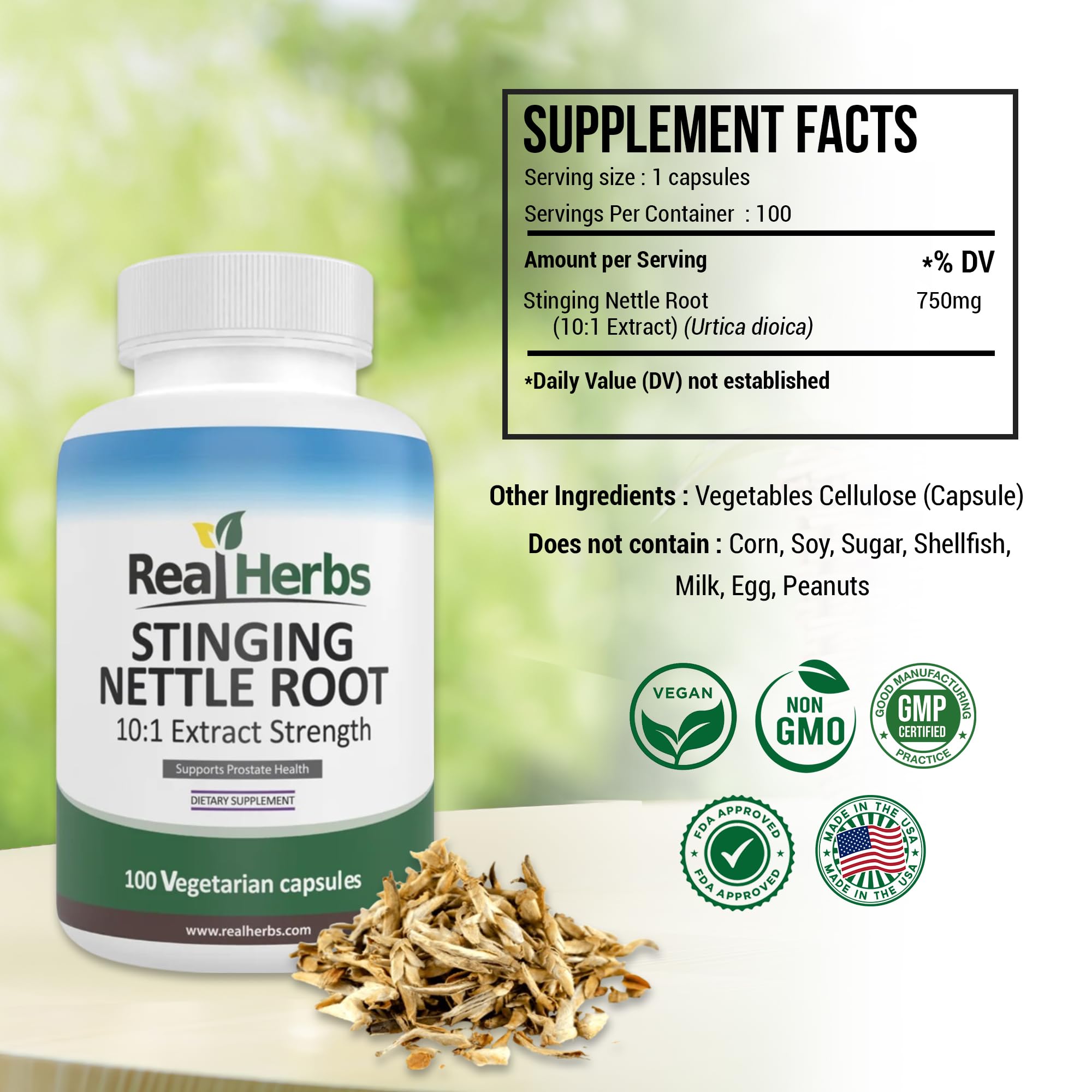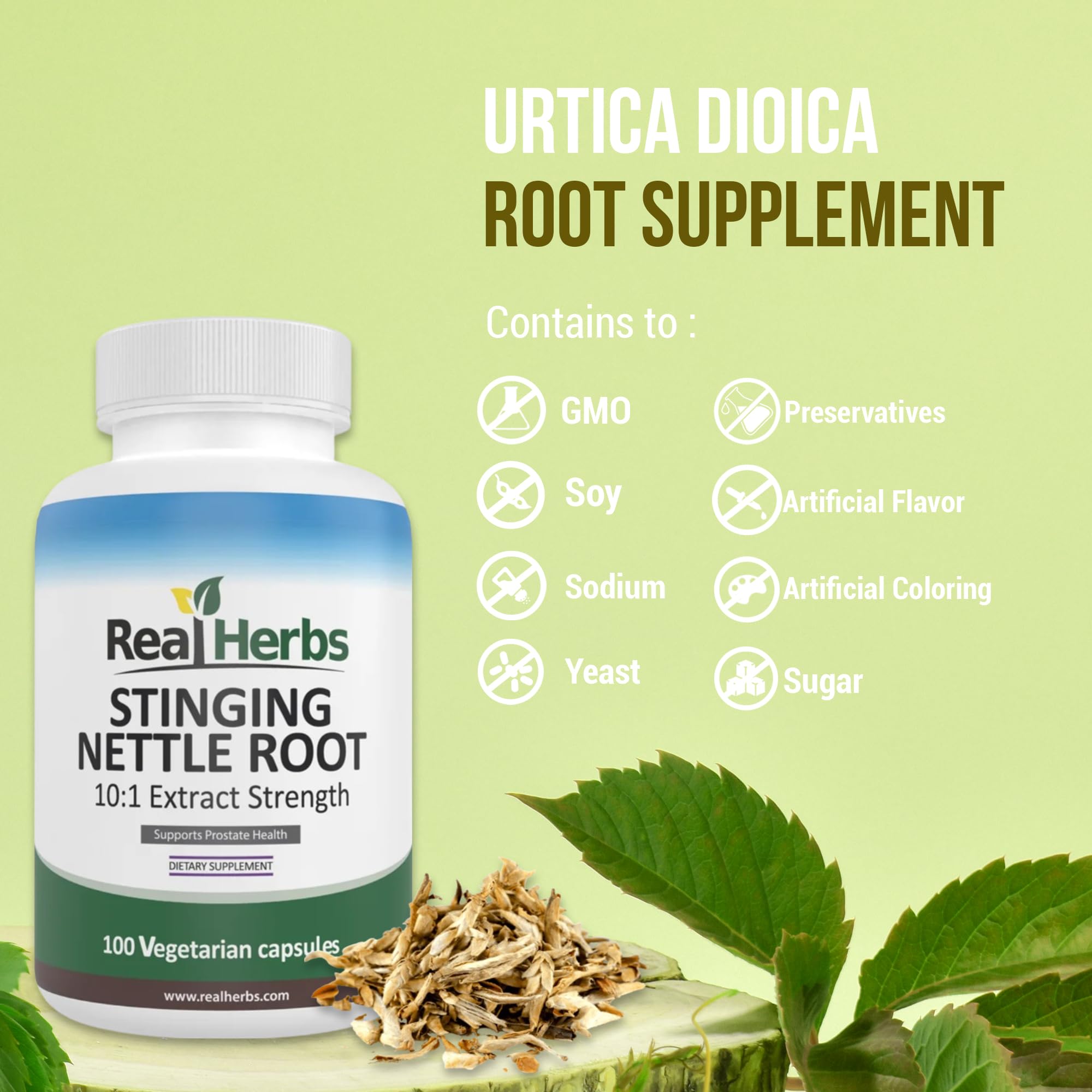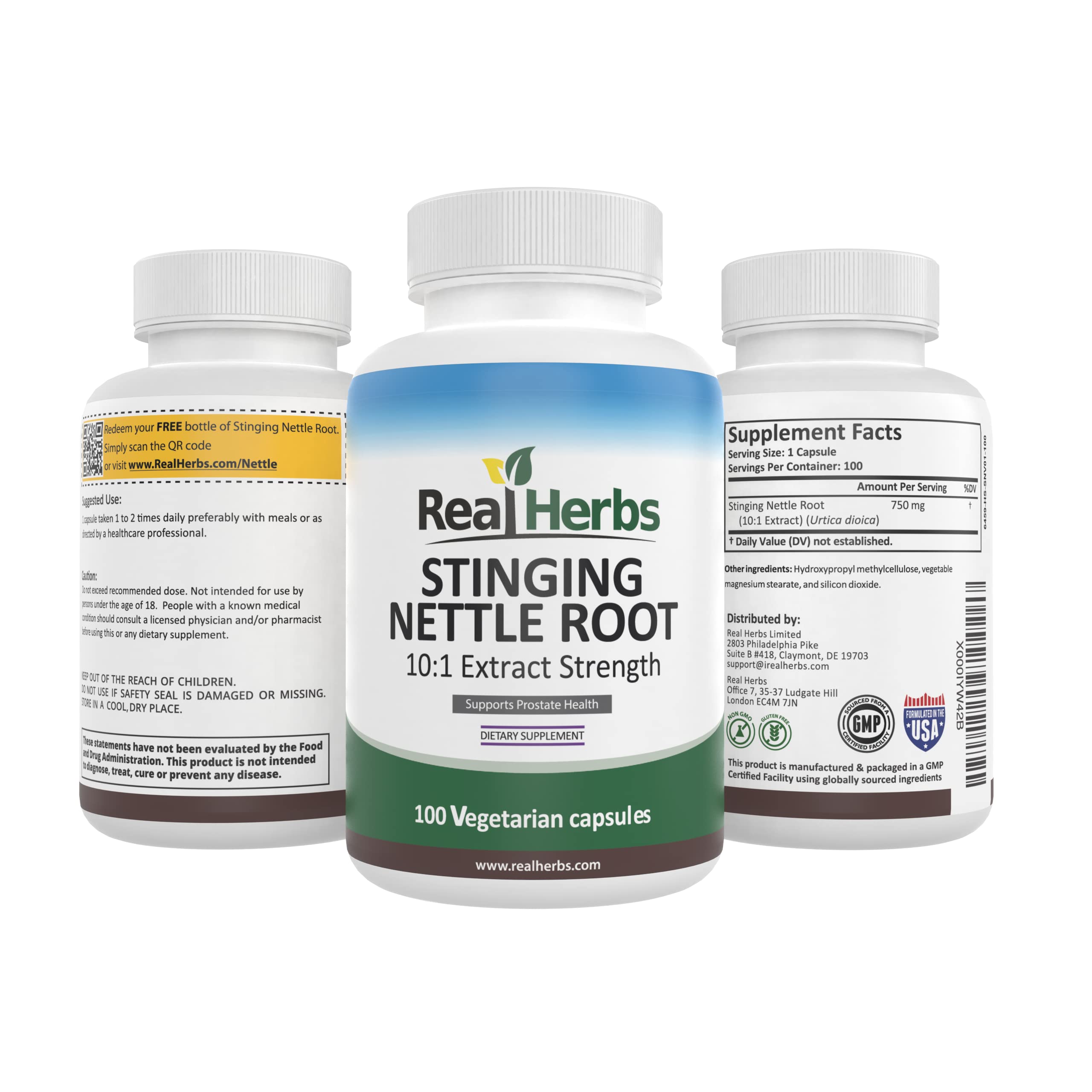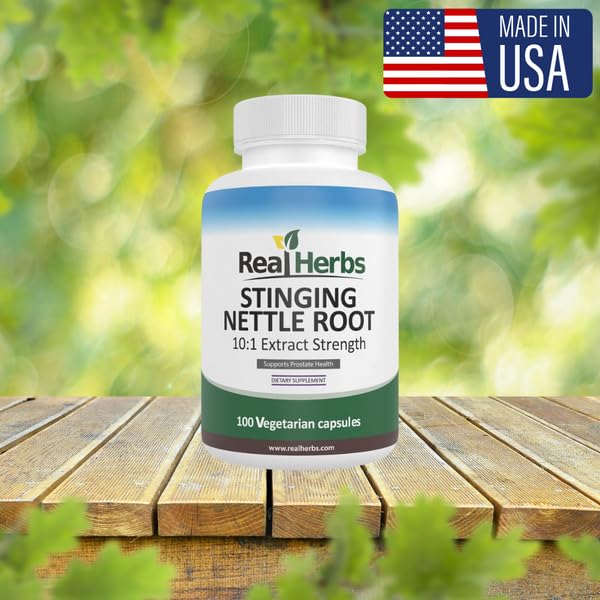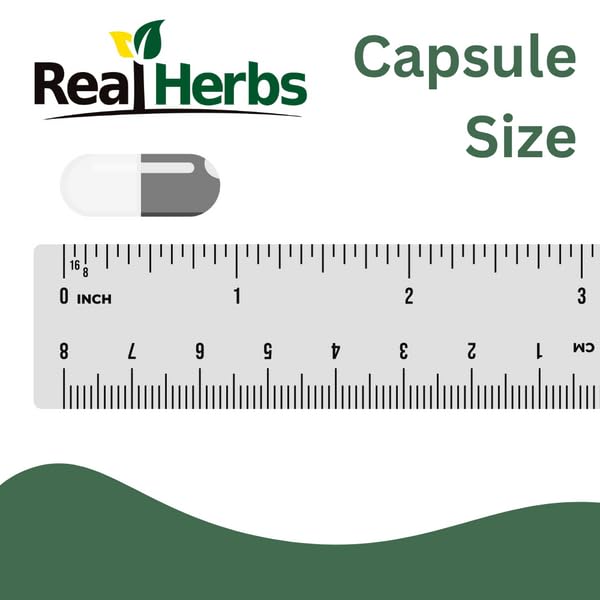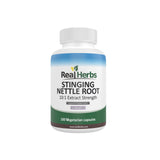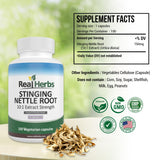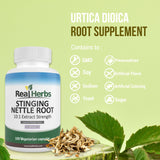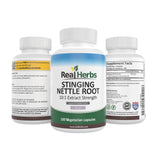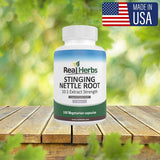How To Process Stinging Nettle Root?
Introduction:
The Urtica dioica plant's stinging nettle root has long been recognized for its potential health benefits. This natural remedy has gained popularity among health enthusiasts for its ability to support prostate health as well as reduce inflammation. However, understanding how to process stinging nettle root correctly is critical in order to avoid its stinging properties and unlock its medicinal potential. This article will walk you through the steps of safely preparing and processing stinging nettle root.
Stinging Nettle Root Health Benefits:
Before we get into the processing methods, let's look at some of the health benefits of stinging nettle root. This herb, which is high in vitamins, minerals, and bioactive compounds, has been linked to reducing joint pain and inflammation, as well as providing relief from seasonal allergies. Numerous studies back up these claims, making stinging nettle root an appealing natural option for health-conscious people.
Precautions for Safety:
Before beginning the processing journey, it is critical to take the necessary safety precautions. For some people, stinging nettle can cause skin irritation and allergic reactions. To avoid contact with the stinging hairs, always wear gloves and protective clothing when handling fresh nettle roots.
Processing Stinging Nettle Root: A Step-by-Step Guide:
Harvesting:
Pick a good time to harvest stinging nettle root, preferably early spring or late autumn. Look for plants that are at least a year old and are mature. Harvest away from pollutants, such as roadsides or industrial areas, to ensure the purity of the roots.
Getting the Roots Ready:
Remove excess soil and debris from the roots after harvesting. To ensure they are clean and free of contaminants, rinse them under cool, running water.
Stinging Properties Neutralization:
The key to safely dealing with stinging nettle root is to neutralize its stinging properties. There are a few effective methods for accomplishing this:
a. Blanching: Place the roots in a pot of boiling water for 30 seconds before transferring to an ice-cold water bath. This procedure aids in the removal of the stinging hairs.
b. Drying: You can also air-dry the roots for several days or use a low-temperature dehydrator to remove moisture and neutralize the stinging properties.
How to Dry the Root:
Proper drying is essential for preserving the root's medicinal properties. Place the blanched or dehydrated roots on a clean, dry surface in a single layer. Maintain adequate airflow to avoid mold or spoilage. When the roots snap easily when bent, they are sufficiently dried.
Keeping the Prepared Stinging Nettle Root:
Store the dried stinging nettle root in airtight containers or glass jars. Keep them in a cool, dark, and dry place to keep their potency and shelf life.
Using Stinging Nettle Root that has been processed:
To reap the health benefits of stinging nettle root, it can be used in a variety of ways. It can be made into a tea, tincture, or added to soups, stews, or smoothies. Follow recommended dosage guidelines based on individual needs and seek the advice of a healthcare professional if you are pregnant, breastfeeding, or have underlying medical conditions.
Conclusion:
Processing stinging nettle root is a simple but necessary step in unlocking its full medicinal potential. You can harness the health benefits of this natural remedy while ensuring safety and efficacy by following the proper techniques outlined in this article. Remember to approach stinging nettle with caution and respect, and enjoy its numerous health benefits as an important part of your wellness routine.

